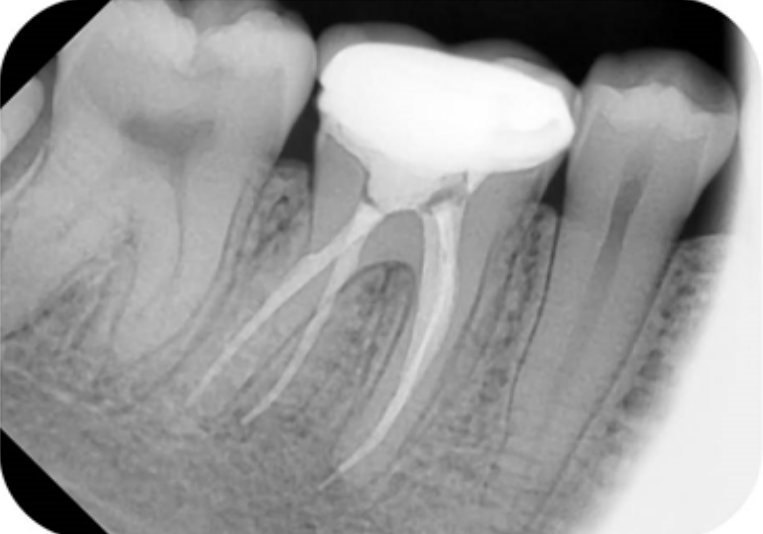About Radiographs
Dental professionals today are increasingly using digital dental radiographs (digital X-rays) to better detect, diagnose, treat, and monitor oral conditions and diseases. Digital radiography is a type of X-ray imaging that uses digital X-ray sensors to replace traditional photographic X-ray film, producing enhanced computer images of teeth, gums, and other oral structures and conditions.
Benefits of Digital Dental Radiography
Benefits of digital dental radiographs compared to traditional dental X-rays include the following:
• Digital radiographs reveal small hidden areas of decay between teeth or below existing restorations (fillings), bone infections, gum (periodontal) disease, abscesses or cysts, developmental abnormalities and tumors that cannot be detected with only a visual dental examination.
• Digital radiographs can be viewed instantly on any computer screen, manipulated to enhance contrast and detail, and transmitted electronically to specialists without quality loss.
• Early detection and treatment of dental problems can save time, money and discomfort.
• Digital micro-storage technology allows greater data storage capacity on small, space-saving drives.
• Dental digital radiographs eliminate chemical processing and disposal of hazardous wastes and lead foil, thereby presenting a “greener” and eco-friendly alternative.
• Digital radiographs can be transferred easily to other dentists with compatible computer technology, or photo printed for dentists without compatible technology.
• Digital sensors and PSP (photostimulable phosphor) plates are more sensitive to X-radiation and require 50 to 80 percent less radiation than film. This technology adheres to the ALARA (As Low As Reasonably Achievable) principle, which promotes radiation safety.
• Digital radiograph features, including contrasting, colorizing, 3-D, sharpness, flip, zoom, etc., assist in detection and interpretation, which in turn assist in diagnosis and patient education. Digital images of problem areas can be transferred and enhanced on a computer screen next to the patient’s chair.
• Digital dental images can be stored easily in electronic patient records and, sent quickly electronically to insurance companies, referring dentists or consultants, often eliminating or reducing treatment disruption and leading to faster dental insurance reimbursements.

